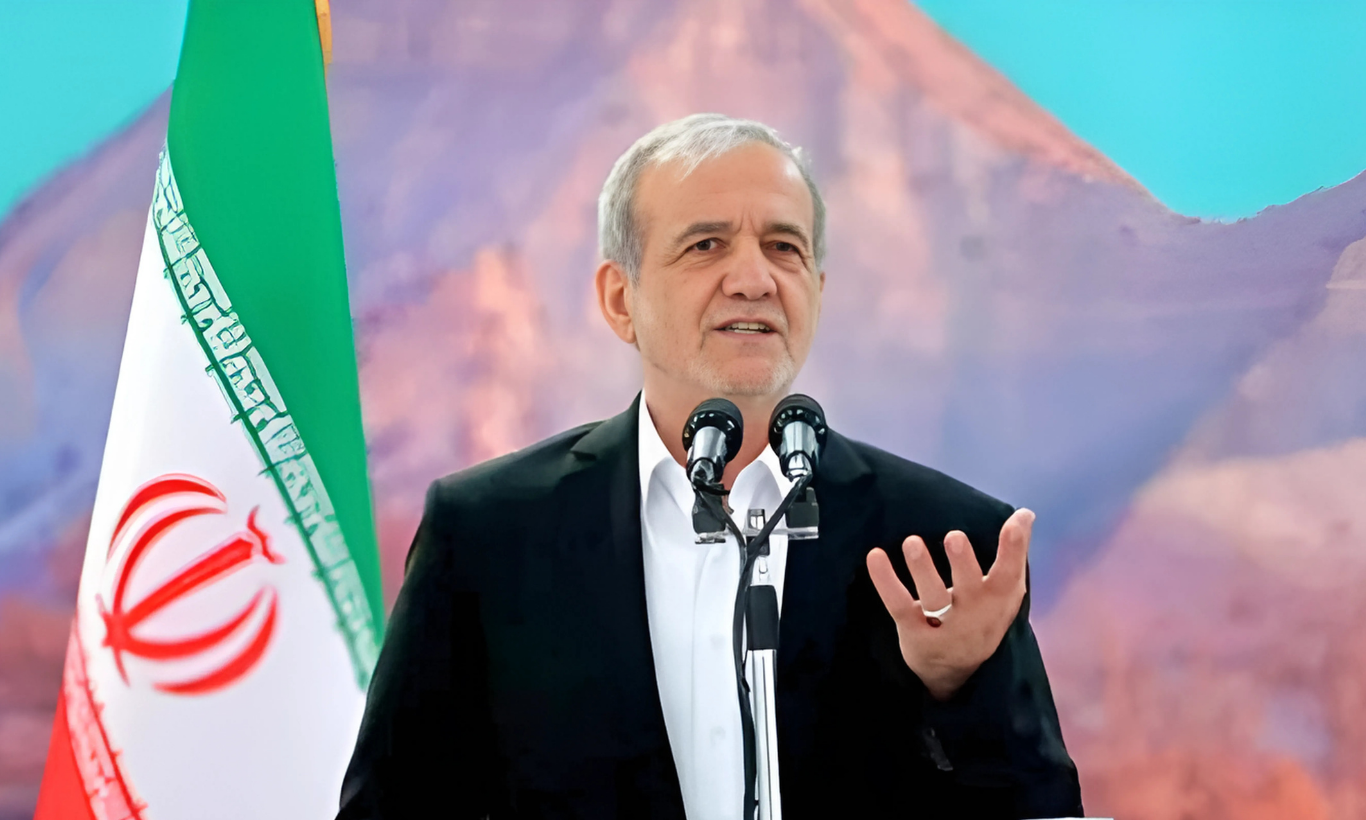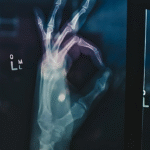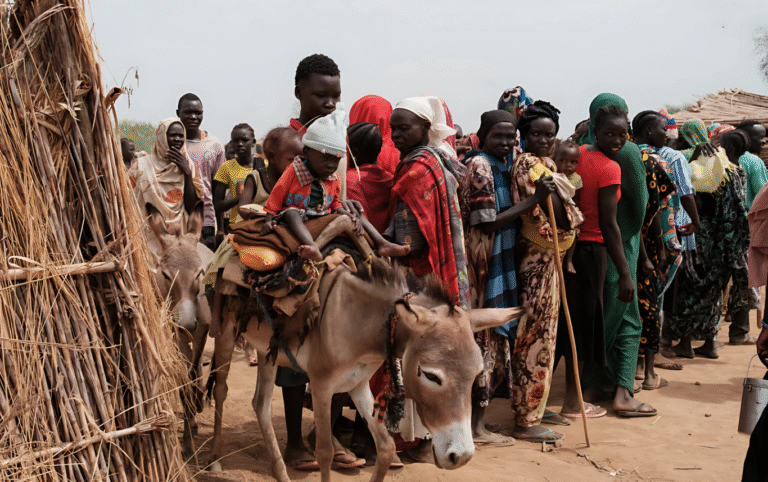
Iranian President Slightly Injured During Israeli Strike on Underground Facility
In a dramatic escalation of regional tensions, Iranian President Massoud Pezeshkian was reportedly injured during an Israeli airstrike targeting a high-security underground facility northwest of Tehran. The incident, which occurred during a 12-day conflict in June, has since become the focal point of intense geopolitical speculation, revealing new depths of the Iran-Israel confrontation.
President Pezeshkian Injured During Supreme National Security Council Meeting
According to Fars News Agency, closely affiliated with Iran’s Revolutionary Guard, the president was attending an emergency session of the Supreme National Security Council on June 16, when Israeli missiles struck both entrances of a top-secret underground command center. As high-ranking officials scrambled through a hidden emergency exit, Pezeshkian reportedly sustained minor injuries to his leg.
Despite the severity of the strike, the president was able to evacuate safely. Iranian officials confirmed he has since returned to his official duties. However, Israel has not publicly commented on the operation, and international media outlets such as the BBC have been unable to verify the claim independently.
A Precision Strike on Iran’s Most Sensitive Facility
The underground facility, described by analysts as a nerve center for Iran’s strategic decision-making, was reportedly cut off from power and had its ventilation systems disrupted following the Israeli missile barrage. Fars News claims six entrances and exits were destroyed or rendered inaccessible, further complicating evacuation efforts.
Social media footage from the time of the attack shows multiple explosions in the mountainous regions northwest of Tehran, corroborating Iranian claims of sustained aerial bombardment in that specific zone. Defense analysts now believe that Israel may have been targeting Iran’s political and military elite, gathered at the facility for emergency consultations amid rising regional tensions.
Ayatollah Khamenei Was a Primary Target
According to sources within the Israeli military, Supreme Leader Ayatollah Ali Khamenei was believed to be inside the facility at the time. While Israeli forces openly admitted that Khamenei was a strategic target, his location became unknown after he was relocated to a classified, isolated site.
The Israeli operation is being hailed by some as a masterclass in intelligence precision, prompting questions within the global community about how Tel Aviv obtained such granular data on the whereabouts of Iran’s leadership. This unprecedented intelligence breach has led many in Iran’s establishment to fear that internal security may have been compromised.
Iran’s Leadership Admits It Was Caught Off Guard
In a rare moment of candor, Iranian officials conceded that they were entirely unprepared for the assault. The first 24 hours after the strikes reportedly witnessed a paralysis in Iran’s national decision-making, with much of the top brass either unaccounted for or cut off from communication.
High-level casualties have also been reported. According to early estimates, a significant number of Revolutionary Guard Corps (IRGC) and army commanders were killed during the initial wave of the Israeli campaign. This has left a vacuum in command structures and raised alarm bells within Iran’s defense apparatus.
Pezeshkian Alleges Assassination Attempt
President Pezeshkian has since gone on record claiming that Israel had attempted to assassinate him, a claim that has added further fuel to the diplomatic fire. In response, Israeli Defense Minister Israel Katz stated that while military operations aimed to cripple Iran’s offensive capabilities, the broader goal was not regime change.
Observers suggest the timing of the attack, coinciding with a high-level strategy meeting, indicates that the objective may have indeed included decapitating Iran’s leadership, thereby throwing the country into disarray.
Israel‘s Objective: Prevent Iran’s Nuclear Weaponization
The airstrikes began on June 13, with Israel openly stating that its goal was to prevent Iran from acquiring nuclear weapons. Despite repeated denials by Iranian officials that their uranium enrichment program is anything but peaceful, Israel has long expressed skepticism, supported by various intelligence reports suggesting otherwise.
As part of this broader campaign, Israeli forces targeted numerous nuclear and military installations, marking the largest Israeli offensive inside Iranian territory in recent history.
U.S. Airstrikes Add Global Dimensions to the Conflict
The conflict took a dramatic turn when, on June 22, the United States joined the fray. According to reports, U.S. Air Force and Navy units launched air and missile strikes against three Iranian nuclear facilities.
President Donald Trump, in a televised statement, claimed that the facilities had been destroyed, though U.S. intelligence agencies have yet to corroborate this assessment fully. Some analysts believe the strikes were a signal of solidarity with Israel, aimed at showing Iran that the international community would not tolerate nuclear brinkmanship.
Global Community Reacts with Mixed Sentiments
While some world powers, including France and the UK, have called for de-escalation and dialogue, others have signaled their support for Israel‘s right to self-defense. The UN Security Council held an emergency session, with diplomatic lines remaining sharply divided along ideological blocs.
The European Union issued a statement urging both countries to refrain from further violence, but also expressed concern over Iran’s lack of transparency in its nuclear activities.
Strategic Aftermath: Iran’s Military on High Alert
Iran’s military has since been placed on maximum alert, with air defenses repositioned around nuclear sites and top government officials relocated to undisclosed locations. The Revolutionary Guard has also increased cyber and electronic surveillance, fearing potential sabotage or intelligence leaks from within its ranks.
Meanwhile, Israel has remained tight-lipped, refusing to confirm or deny operational details. The Israeli Defense Forces (IDF) have stated only that they will “continue to act to ensure the safety and future of the Israeli people.”
What This Means for Middle East Stability
The attack on a sitting head of state, even if unintentional, marks a significant escalation in an already volatile region. The incident underscores how covert intelligence, precision airpower, and cyber warfare have changed the nature of modern-day conflict.
With nuclear tensions on the rise, regional stakeholders, including Saudi Arabia, Turkey, and Russia, are closely monitoring developments. The international community now faces a critical moment: whether to push for immediate peace talks or brace for a potential wider conflict.












